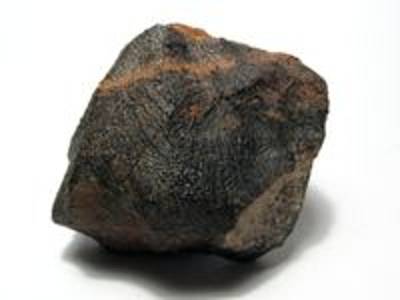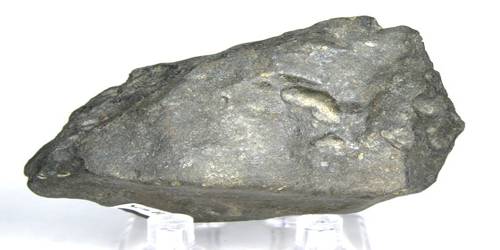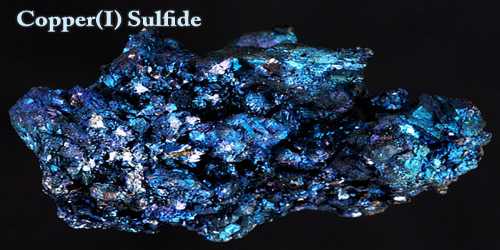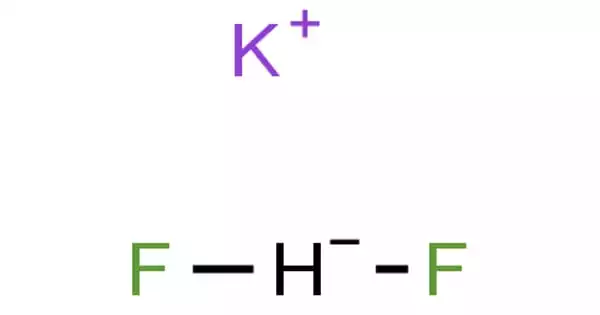Antitaenite is a meteoritic metal alloy mineral composed of iron and nickel, 20–40% Ni (and traces of other elements) that has a face-centered cubic crystal structure. There are three other known Fe-Ni meteoritic minerals: kamacite, taenite, and tetrataenite. Originally described from Vaca Muerta meteorite, Taltal, Antofagasta Province, Antofagasta Region, Chile.
Its existence as a new mineral species occurring in both iron meteorites and in chondrites was first recognized in 1995 but the IMA didn’t approve paramagnetic antitaenite (a variety of taenite now). Gamma (fcc) Fe-Ni alloys with low-Ni (c. 25% Ni) are probably inhomogeneous on a nanometer scale.
General information
- Formula: Fe3Ni
- Lustre: Metallic
- Name: For the relationship to taenite.

Physical Properties of Antitaenite
The pair of minerals antitaenite and taenite constitute the first example in nature of two minerals that have the same crystal structure (face-centered cubic) and can have the same chemical composition (same proportions of Fe and Ni)—but differ in their electronic structures: taenite has a high magnetic moment whereas antitaenite has a low magnetic moment.
- Cleavage: None
- Color:
- Diaphaneity: Opaque
- Fracture: Malleable – Deforms rather than breaking apart with a hammer.
- Habit: Exsolution Inclusions – Formed by the exsolution of a separate mineral from the parent mineral caused by a temperature drop.
- Habit: Microscopic Crystals – Crystals visible only with microscopes.
- Luster: Metallic
- Magnetism: Anti-ferromagnetic
- Streak: gray
Occurrence
This unique difference in electronic structure was first established in 1999 and arises from a high-magnetic-moment to low-magnetic-moment transition occurring in the Fe-Ni bi-metallic alloy series. The same electronic structure transition is believed to be a causal factor in Invar behavior.
Information Source;
















